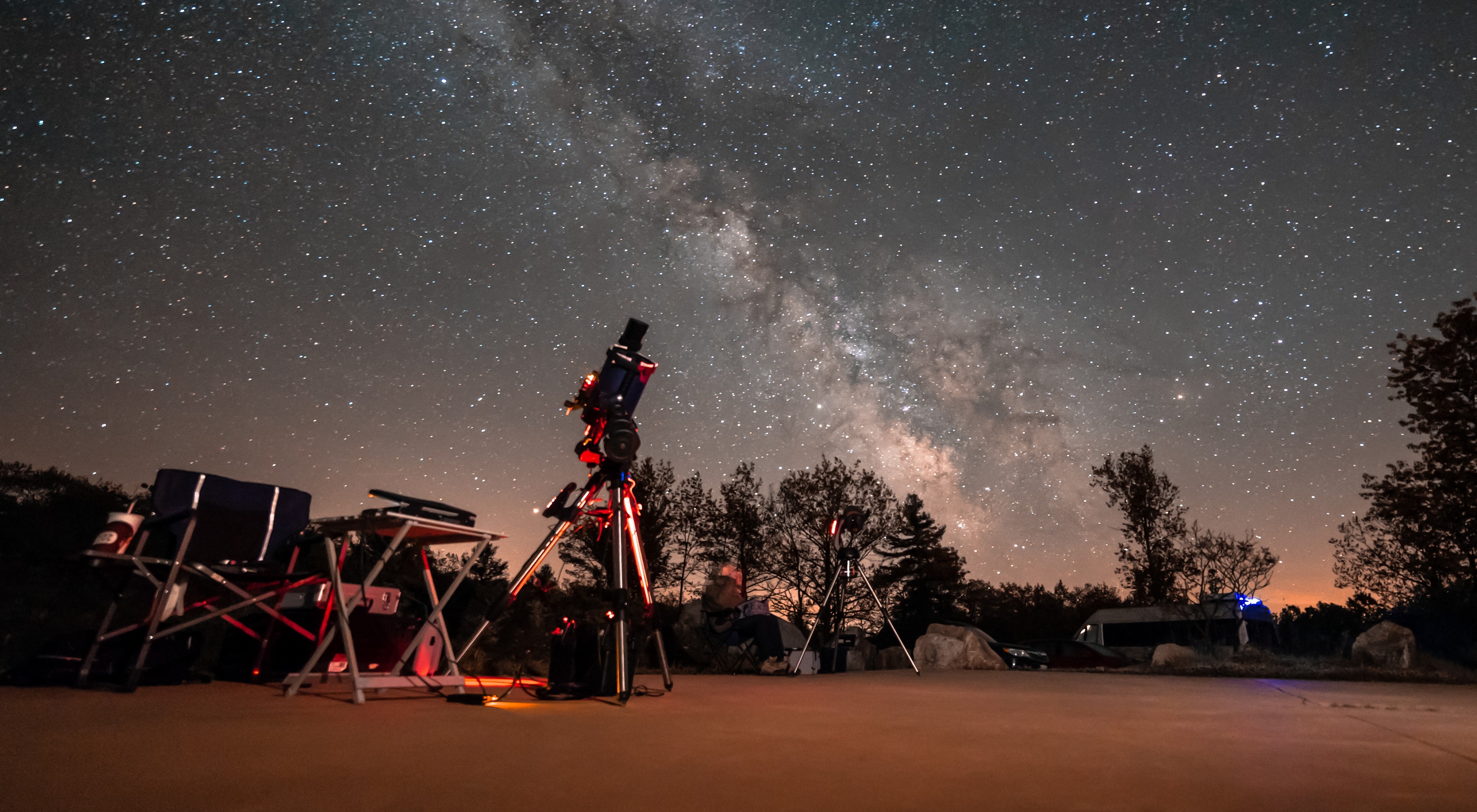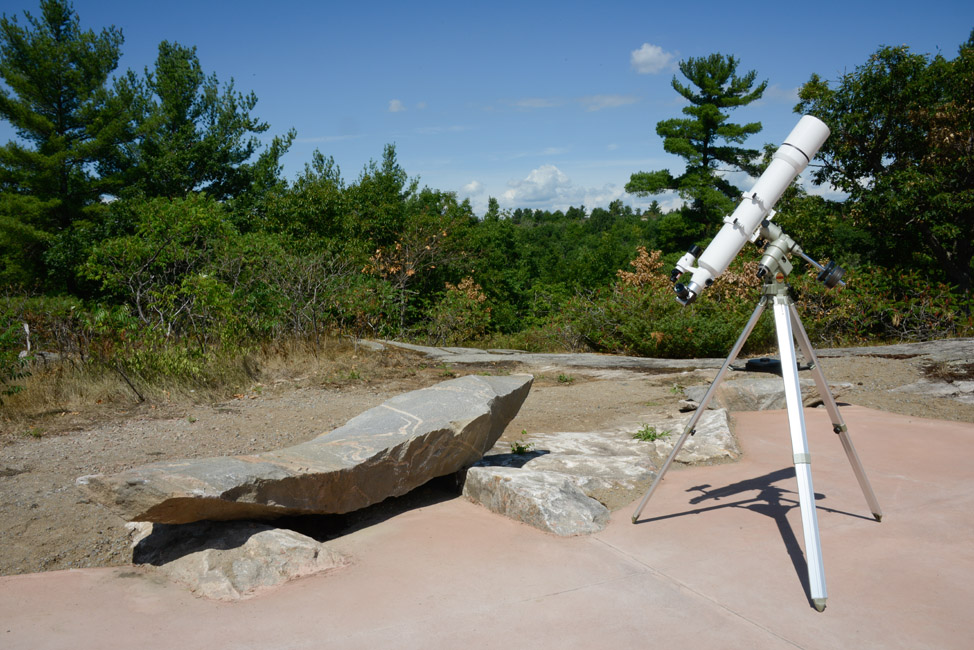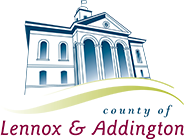
The L&A County Dark Sky Viewing Area - The Best of Ontario’s Dark Side
Amateur astronomers have it tough these days. Urban sprawl is expanding, and with it, the light pollution is destroying our views of the night sky. Seeing anything but the moon, planets and brightest stars in close proximity to these dense urban centres is difficult to impossible. This is true anywhere, but extremely prevalent in Southern to Southeastern Ontario along the Highway 401 corridor where I live. This region has the highest population density in Canada, and as a side effect, some of the worst and farthest reaching light pollution in the country. Finding darkness for stargazing or astrophotography is difficult.
Fortunately, there is such a site in Eastern Ontario that’s easily accessible. The Lennox & Addington Dark Sky Viewing Area (DSVA) is located at 7980 County Road 41 just 37 kilometres north of Napanee and 11 km south of Kaladar on Hwy 7. With a measurement of 2.5 on the Bortle Scale (a nine-level numeric scale that measures the night sky's brightness of a particular location), it offers a view of the night sky comparable to what used to be the norm back in the early 20th century. It’s a perfect and very convenient location for anyone within a couple of hours’ drive to experience the night sky the way it was meant to be seen.

I learned of the DSVA in early 2013, just after it had been opened to the public the previous summer. I was ecstatic to hear about it, as I was starting to despair with the light pollution in Kingston and the immediate surrounding area. I had just gotten started in astrophotography the previous summer and was having great difficulty dealing with the light pollution.
On my first visit to the DSVA in April 2013, I was not disappointed! What I found was a large, easily-accessible concrete pad with a clear North marker for setting up telescopes and cameras. This ample, level surface offers enough space for at least 10 telescopes at once with room to spare. The site is well maintained, and provides an incredible view of the night sky. At the time, the parking was ample. And the resulting images I got from my time under the stars were remarkably better than anything I could do from the vicinity of the city.

Over the years, improvements have been made to the site to make it better. Large dirt berms were added to block headlights of cars from the highway. A larger parking lot was recently added and is a welcome addition, as the site has increased in popularity quite significantly in the last couple of years. The old parking lot just couldn’t handle the increased popularity of the site. But being a victim of your own success isn’t a bad thing.
I’ve been a regular at the site since 2013 (even being nicknamed the “local blood donor” by the site’s architect for my dedication in the face of mosquitoes) and will continue to be for the foreseeable future. Over the last 5 years, I’ve taken about 100 different photos of the Milky Way and various deep sky objects from the DSVA, not to mention the multiple star trail and time lapse videos I’ve shot there. I’ve also shot a few aurorae while there. And I’ve had the opportunity to meet some fine folks who share a passion for astronomy and photography. It’s been my favourite place to take pictures and likely to remain so for a long time to come.

Starting in 2015, I was recruited to volunteer as the starry night tour guide for the monthly public viewing sessions that run from May to September (Note: events are cancelled in 2020 due to the pandemic). These events have been drawing dozens of enthusiastic star gazers from all over. Seeing attendees from the Greater Toronto area and beyond is a regular occurrence. In fact, they seem to make up the majority of the attendees at our events. What started as events with a handful of astronomy geeks (yes, we’re okay with and proud of that term!!!) and night sky enthusiasts in attendance has exploded into having crowds of 100 or more gathered for our starry night tours. Although non-event nights are much quieter, we can expect to see multiple people from distances of 200 km or more in attendance over the course of an evening. And it pleases me greatly to see such an interest from the public.
Largely self-taught in astrophotography, Joe Gilker been practicing his craft relentlessly whenever possible. On most dark, clear nights from spring to fall, he can be found at the Lennox & Addington Dark Sky Viewing Area with his mobile observatory doing deep sky imaging, or taking landscape photographs with the starry night sky as a backdrop. Joe also writes the Dark Arts Astrophotography blog which chronicles his experience as an astrophotographer and provides tutorials and reviews geared at novices.
